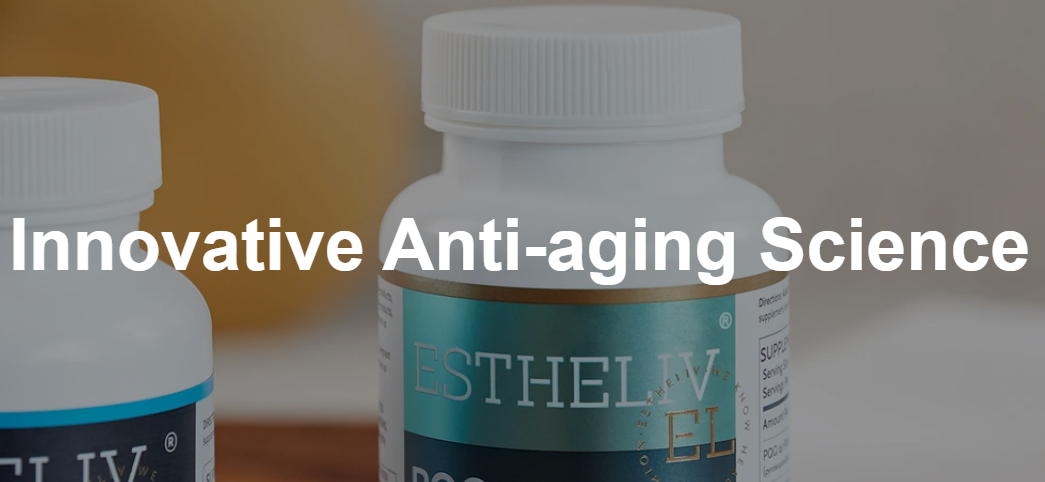In today’s world of nanotechnology and genetic engineering, we often see the use of microorganisms to modify plants and animals. One of the most common techniques is fermentation, wherein a microbial culture is fermented. The process is very low yield, however, and expensive to industrialize.
Enzymatic synthesis has replaced this method. Using enzymes as catalysts, this method is characterized by high purity and yield. A number of complex steps are involved in enzymatic synthesis. It is also a green preparation method.
Chemical synthesis, on the other hand, is a non-in vivo process, allowing careful control of the starting material. As a result, chemical synthesis is highly repeatable and produces a stable quality. However, chemical synthesis is laborious and uses environmentally harmful solvents.
The NMN+ biosynthetic pathway is a part of the de novo NAD+ biosynthesis pathway in some prokaryotes. This pathway consists of three enzymatic steps: splitting a nucleoside, phosphorylating the nucleoside, and producing NAD+.
Many experts believe that the NMN+ pathway is a better way of generating NAD+ than NR. Moreover, NMN can mitigate the risk of side reactions. NMN has been studied extensively for its potential effects on aging mechanisms.
Some companies are currently testing NMN-based compounds for kidney injury, Friedreich’s ataxia, and Alzheimer’s disease. They claim that NMN supplementation could extend lifespan. These claims are based on studies that have shown NMN to reduce beta-amyloid accumulation in mice with Alzheimer’s.
Enzymatic synthesis, on the other hand, has been shown to be more effective. It has a kcat that is more than six times higher than NR.
